In today’s time, Valentine’s Day is big business. Extending the day to a week-long celebration dedicated to gifts and romantic symbols has only commercialized Valentine’s Day.
Many choose to woo their significant other, crush, or potential partner on this day with grand gestures, gifts, romantic dates, and more to express their love. Some people also mark Valentine's Day as a “self-love” day and indulge themselves by splurging on self-care or participating in activities they love. Whether you are single or not, Valentine's Day is all about spending a significant amount of money on loved ones.
This business is ever increasing as more people are aware of this day as a day of celebrating love.
But many still have little or no idea of why this day started and why it has grown so big.
Though no one has pinpointed the exact origin of the holiday, one place to start is ancient Rome.
It all started with the violent celebrations of Romans from February 13 to 15, as they celebrated the feast of Lupercalia. The men sacrificed a goat and a dog, then whipped women with the hides of the animals they had just slain. Young women would line up for the men to hit them, which they believed would make them fertile. The Roman romantics "were drunk.” “They were naked," Noel Lenski, now a religious studies professor at Yale University, told NPR in 2011.
The brutal fete included a matchmaking lottery, in which young men drew the names of women from a jar. The couple would then be coupled up for the duration of the festival or longer, if the match was right.
The name of our modern concept of love may also have come from the Romans. Emperor Claudius II executed two men, both named Valentine, on February 14 of different years in the third century. They were considered martyrs and their martyrdom was honored by the Catholic Church with the celebration of St. Valentine's Day.
As the holiday spread, it kept evolving. Later, Pope Gelasius I muddled things in the fifth century by combining St. Valentine's Day with Lupercalia to expel the pagan rituals. But the festival was more of a theatrical interpretation of what it had once been. It was a little more of a drunken revel, but the Christians put clothes back on it. That didn't stop it from being a day of fertility and love.
Around the same time, the Normans celebrated Galatin's Day. Galatin meant "lover of women." That was likely confused with St. Valentine's Day at some point, in part because they sound alike.
As the years went on, the holiday grew sweeter. English literary figures Chaucer and Shakespeare romanticized the day in their work, and it gained more popularity. Handmade paper cards became popular as the tokens of the day in the Middle Ages.
Eventually, the tradition made its way to the New World. The Industrial Revolution ushered in factory-made cards in the 19th century. And in 1913, Hallmark Cards began mass-producing cards for Valentines. Since then, Valentine’s Day has grown from cards to gifts to romantic experiences.



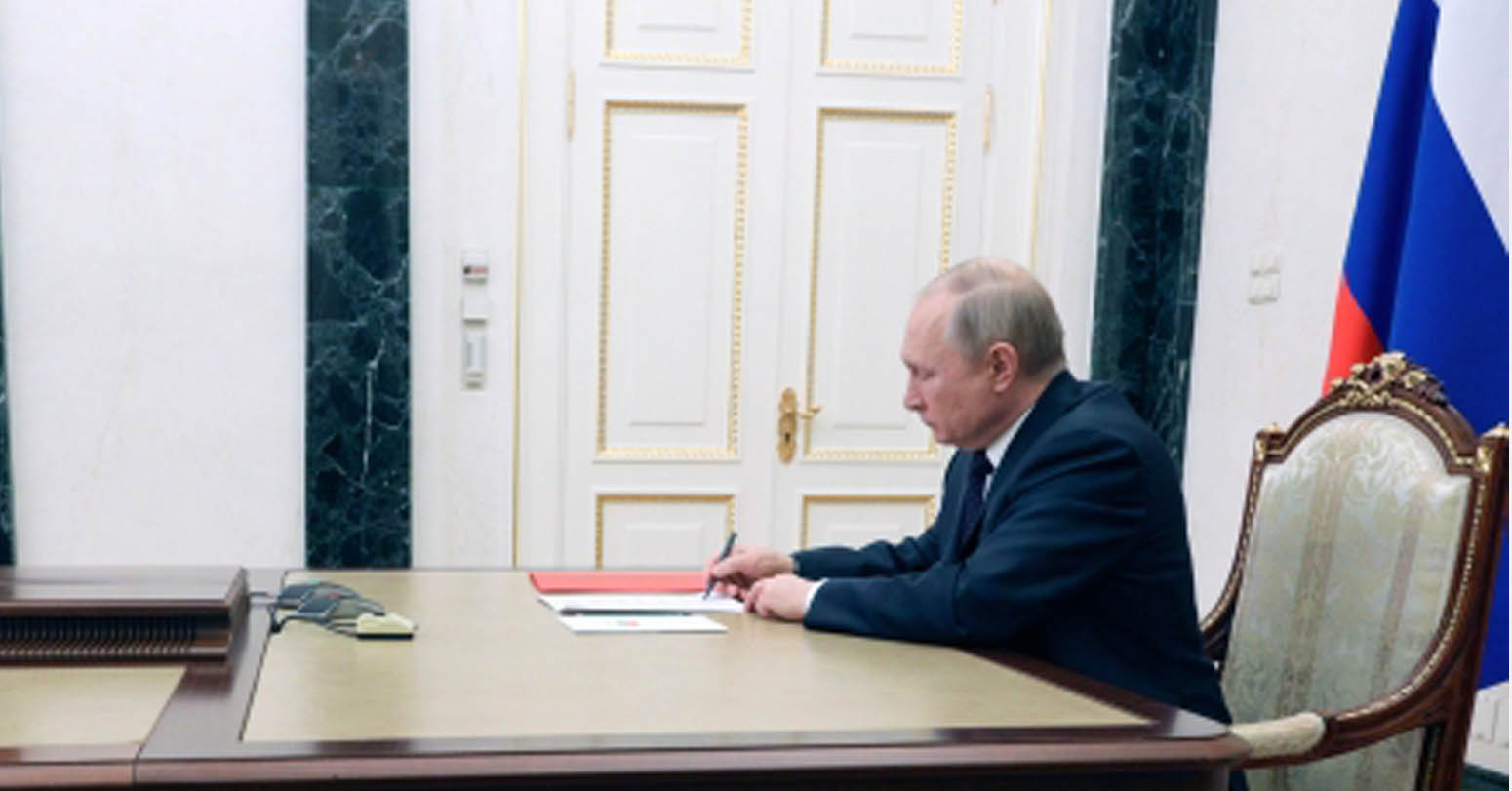
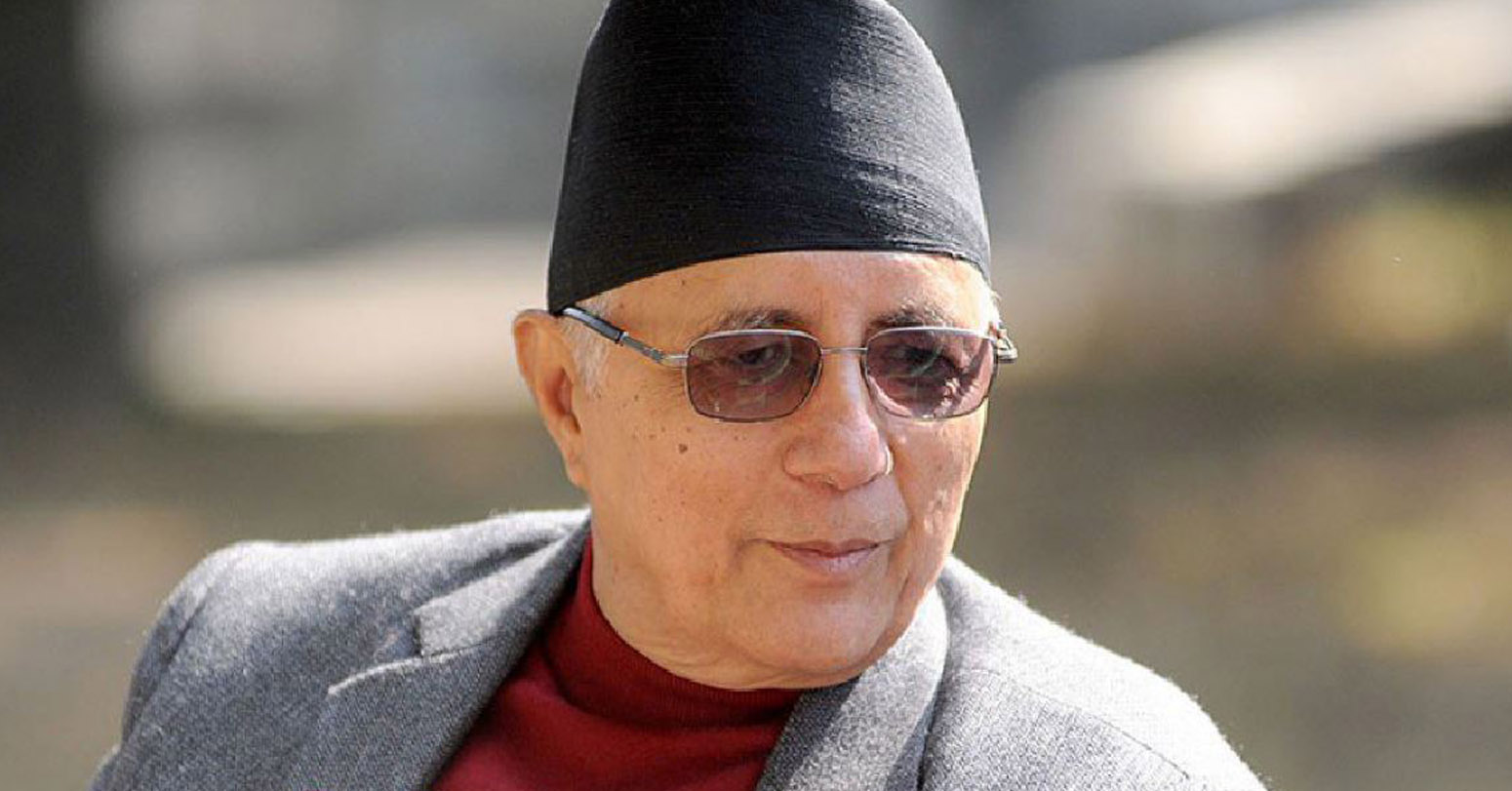
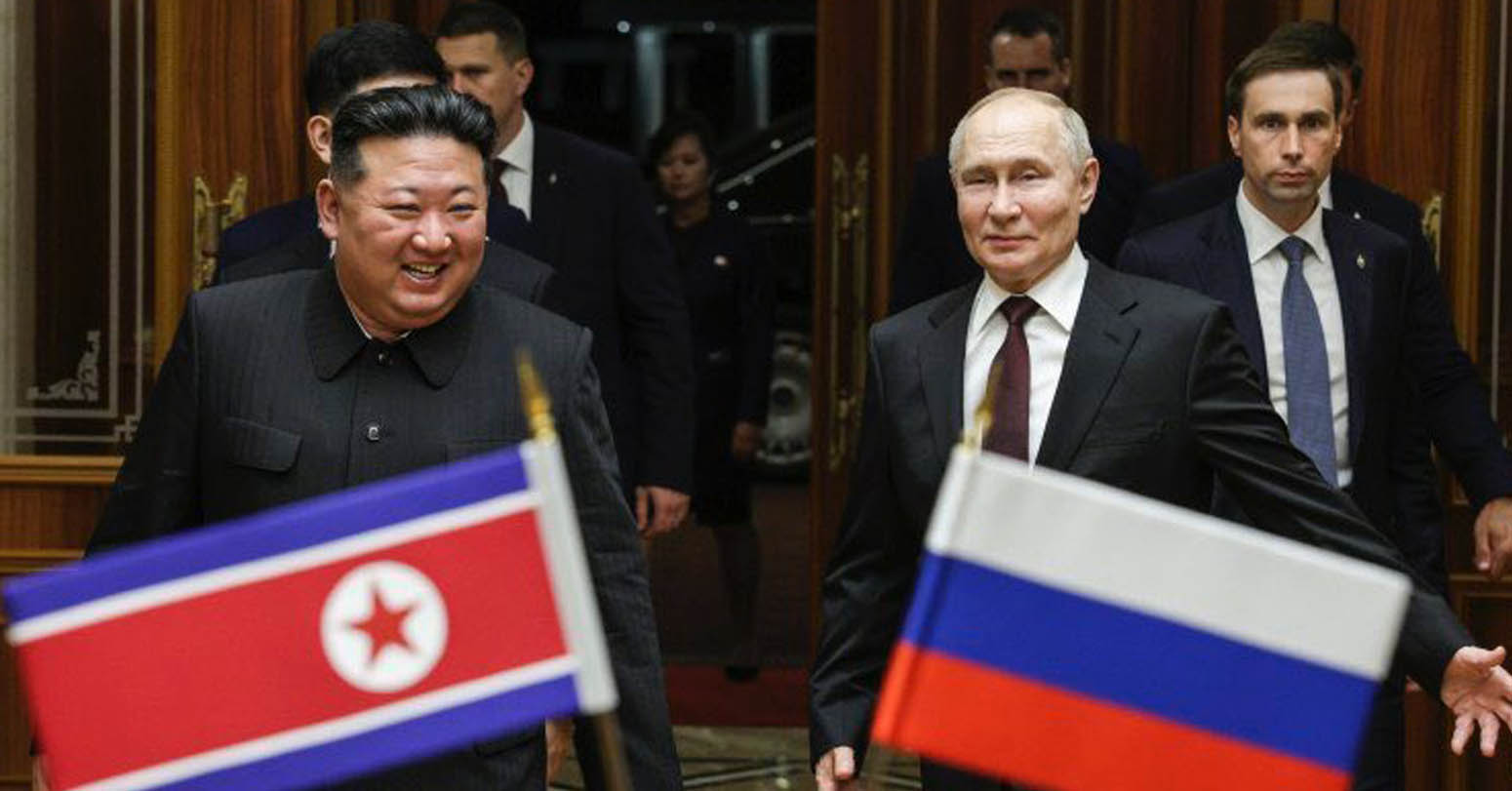

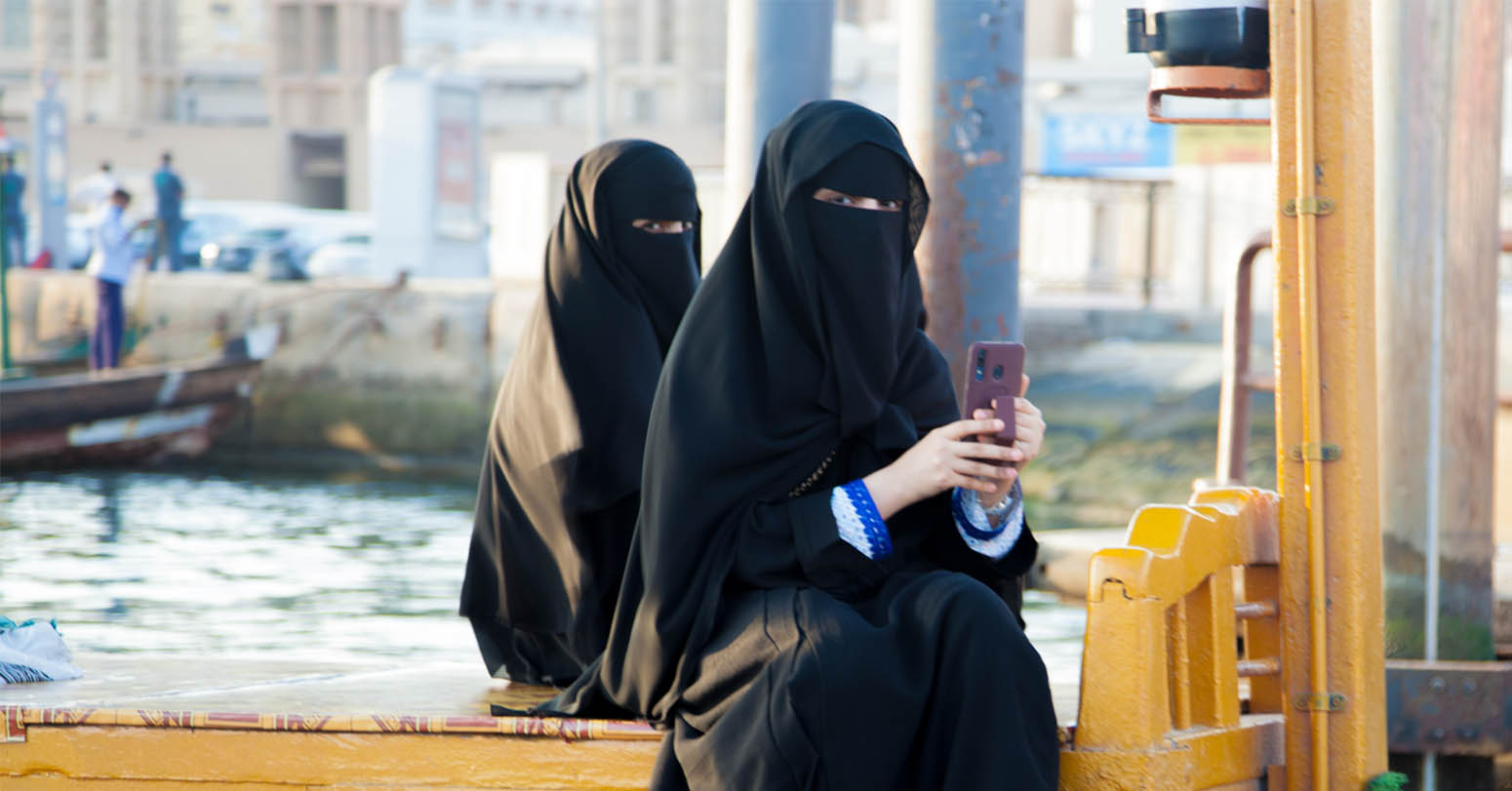


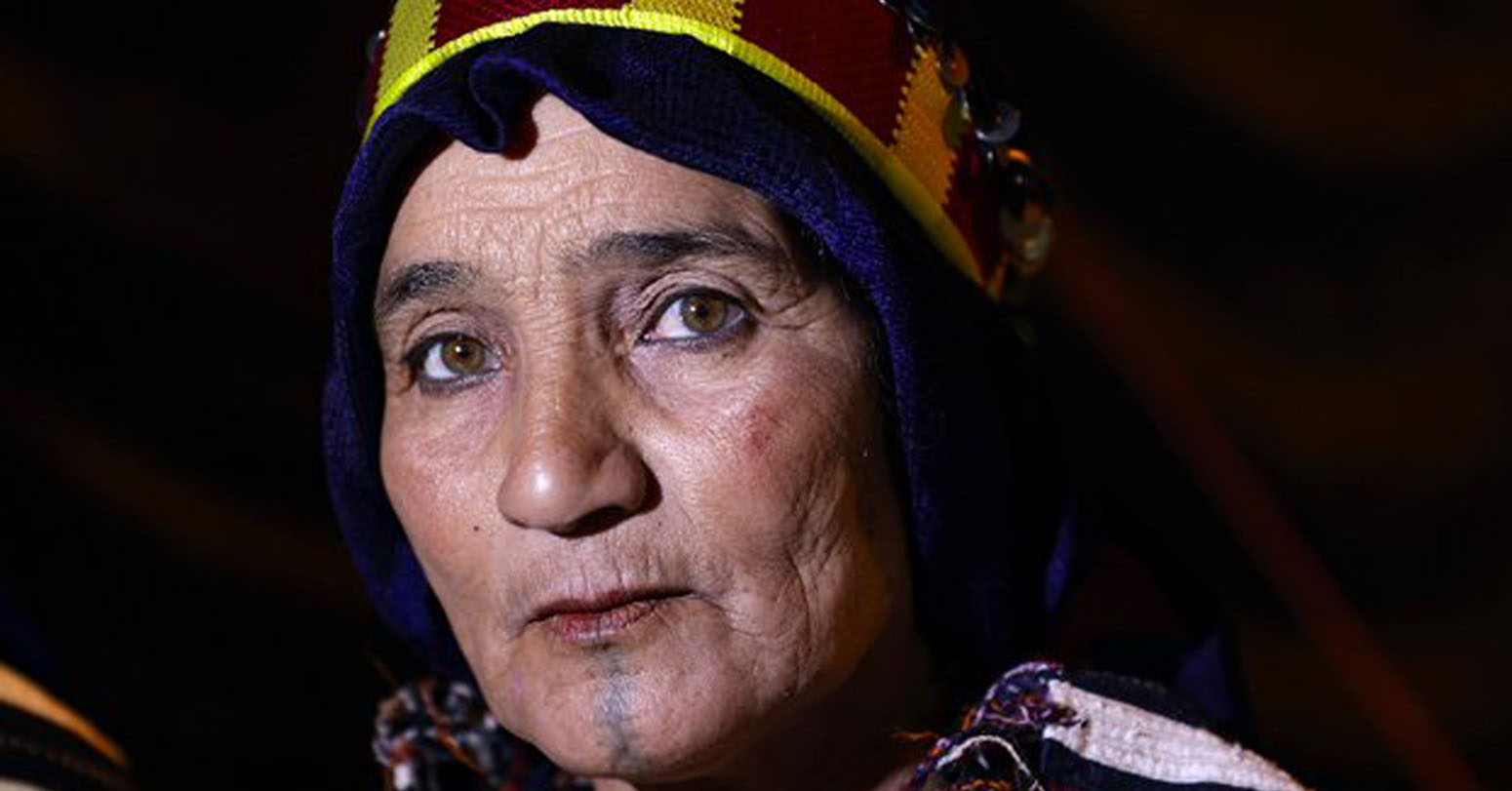



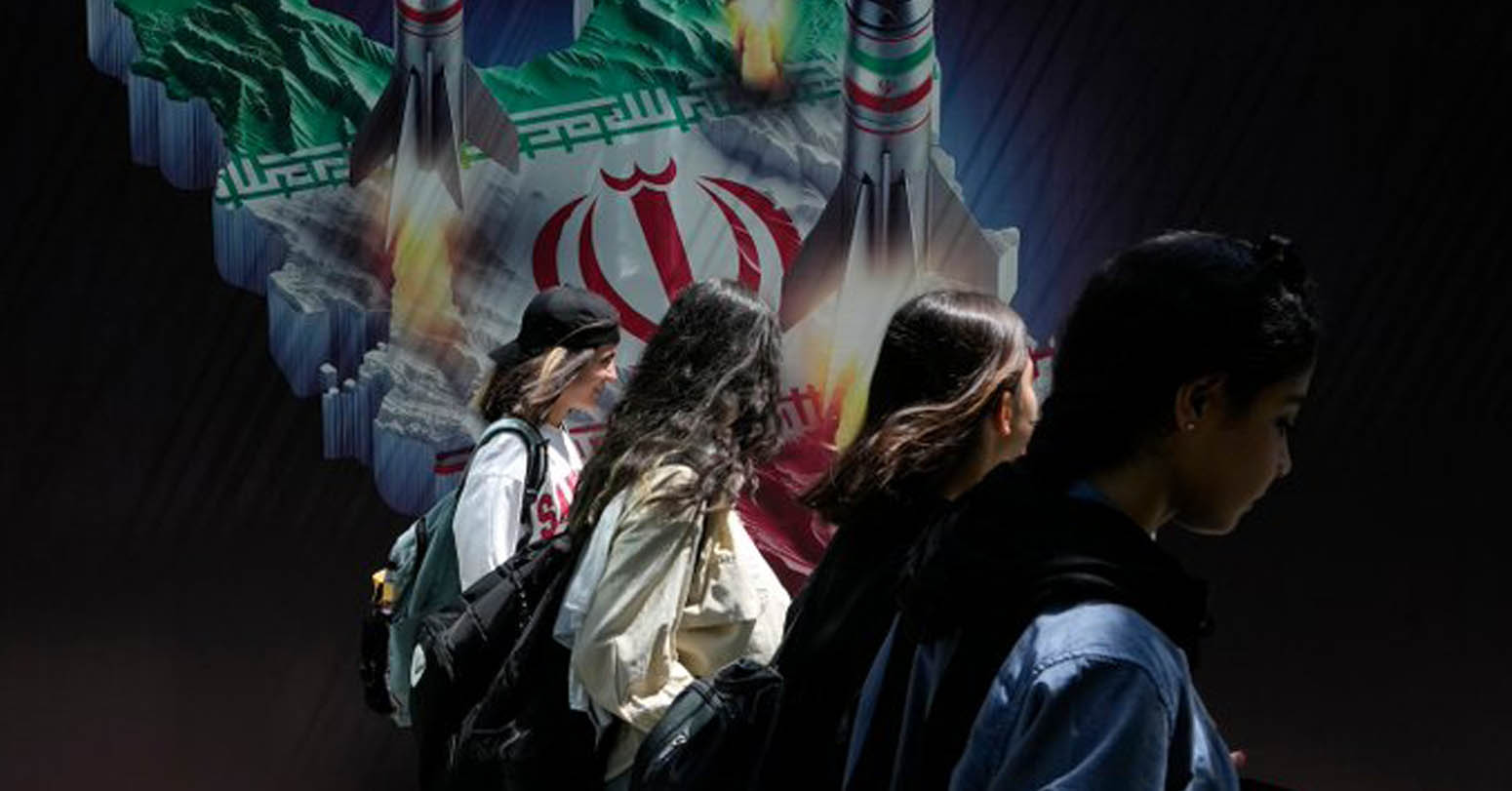




Comprehensive Data Protection Law Critically
Gender Differences In Mental Healthcare
Messi Wins Best FIFA Men’s
Erosion of Democracy
Fly Dubai Catches Fire in
“Complexities of the South Asian